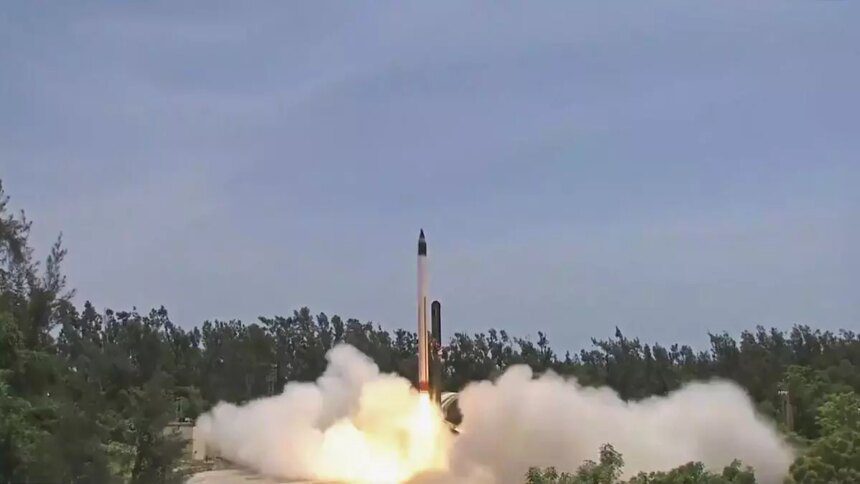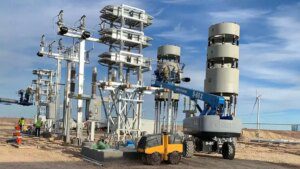The Defence Research and Development Organisation (DRDO) has successfully created a long-duration, scramjet-powered hypersonic technology, a feat that only a handful of countries, including the USA, Russia, and China, are currently pursuing. This technology is noteworthy for its capacity to evade air defense systems and accurately strike targets.
At the heart of hypersonic vehicles and missiles lies the scramjet, an air-breathing engine that can maintain combustion at supersonic speeds without any moving components. Hypersonic missiles are classified as advanced weapon systems traveling at speeds exceeding Mach 5, or over 5,400 kilometers per hour.
Recently, the Defence Research & Development Laboratory (DRDL), based in Hyderabad, made significant advancements in this field by showcasing a groundbreaking Active Cooled Scramjet Combustor ground test that lasted for 120 seconds, marking India’s first successful demonstration of this capability. This achievement represents a significant milestone in the evolution of next-generation hypersonic missions, as stated by the Ministry of Defence.
Defence Minister Rajnath Singh praised both DRDO and the industry for their collaborative efforts leading to the successful ground test of the scramjet engine, emphasizing its crucial role in developing future hypersonic projects.
The scramjet combustor ground test revealed several important accomplishments, highlighting its operational potential in hypersonic vehicles—most notably, successful ignition and stable combustion. The ignition process of a scramjet engine has been likened to “keeping a candle lit in a hurricane,” as noted by the Ministry.
This innovative scramjet combustor integrates a flame stabilization method that maintains continuous combustion at airspeeds exceeding 1.5 kilometers per second. The team conducted extensive ground tests to explore a range of promising ignition and flame-holding techniques, ultimately arriving at the scramjet engine design, as reported by the Ministry of Defence.
Sophisticated Computational Fluid Dynamics (CFD) simulation tools were employed to assess these techniques and predict performance outcomes.
The Ministry also highlighted the indigenous production of endothermic scramjet fuel, developed collaboratively by DRDL and industry partners for the first time in India. This fuel delivers dual advantages: significant enhancements in cooling and improved ignition efficiency. The development team implemented a specialized manufacturing process to meet DRDL’s rigorous fuel criteria at an industrial scale.
Another notable accomplishment is the creation of advanced Thermal Barrier Coating (TBC), engineered to endure the extreme temperatures encountered during hypersonic flights. This coating is applied within the scramjet engine using specialized deposition methods that augment its performance and durability.










